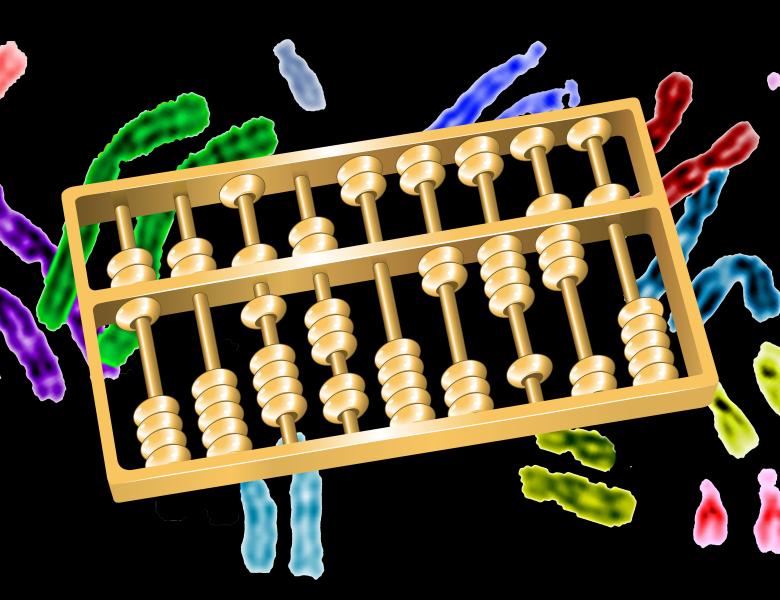
Abstract
Most methods for construction of gene regulatory networks from expression data rely on the precision matrix, the inverse of the covariance matrix, as an indicator of which variables are directly associated. The precision matrix assumes Gaussian linear data and its entries are zero for pairs of variables that are conditionally independent given all other variables. In this talk, we propose the Distance Precision Matrix which builds on distance covariance, a measure of possibly non-linear association due to Szekely and Rizzo. Computing networks using the Distance Precision Matrix allows to discard indirect associations even in the presence of non-linear interactions. The method can also be adopted to small-sample situations.


